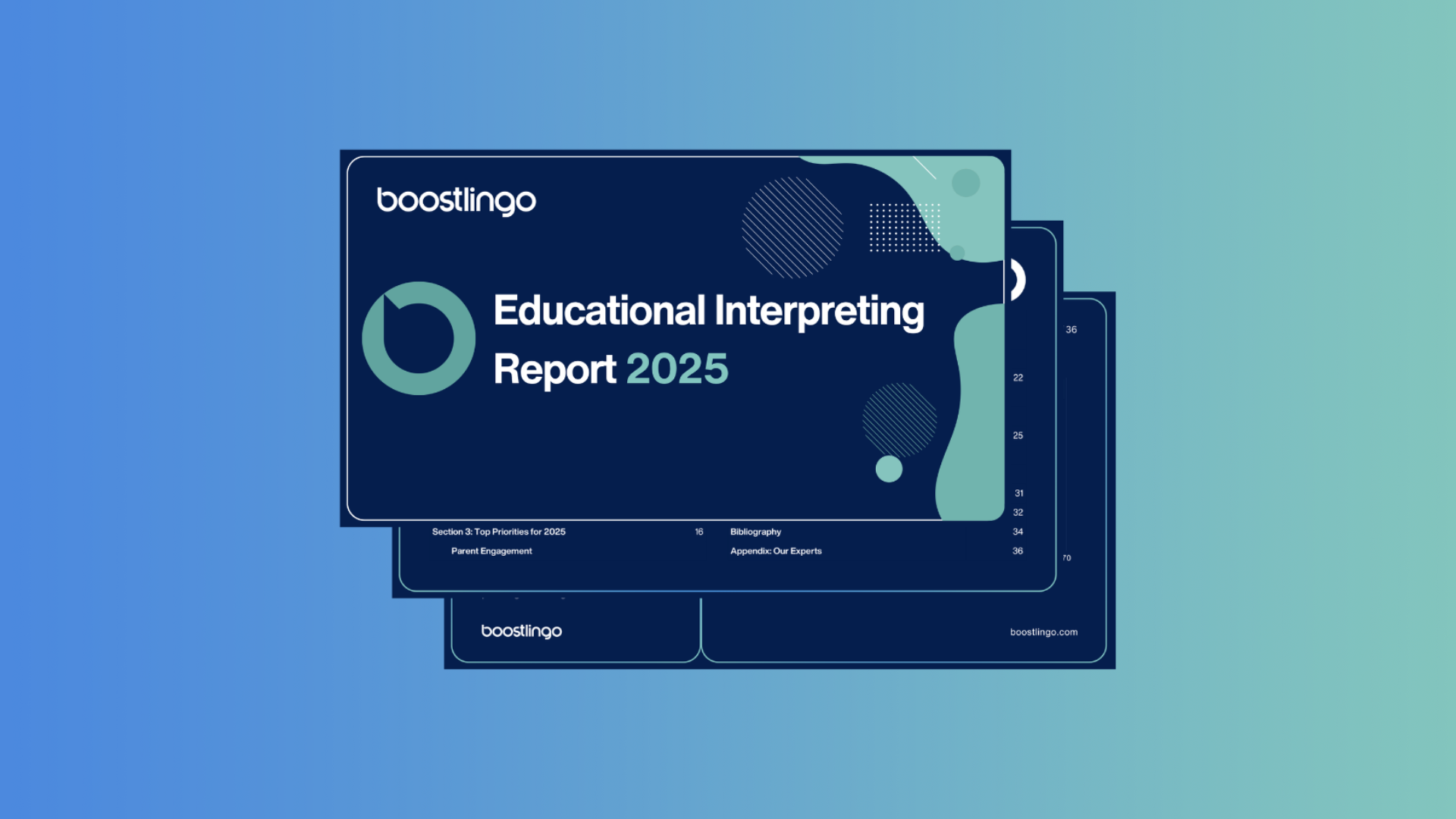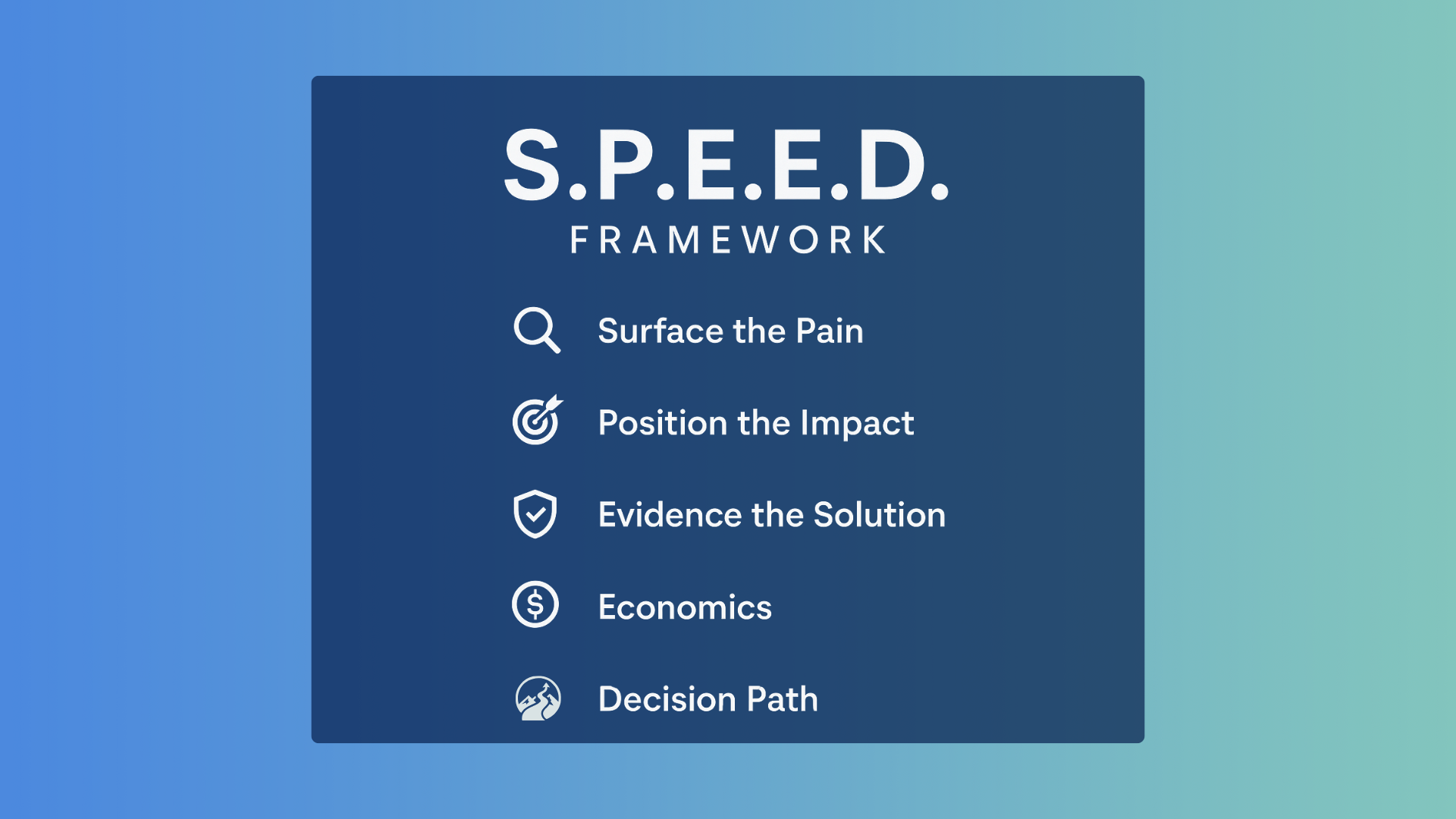American Sign Language (ASL) interpreting has a diversity problem. Nationally, 53.4% of interpreters identify as white, while 46.6% identify as a racial or ethnic minority. Compared to the broader U.S. population, which is 61.6% white according to the 2020 Census, this gap reveals a critical disconnect. When ASL interpreters don’t reflect the communities they serve, language access becomes incomplete. This mismatch can create challenges in trust, communication, and understanding within diverse Deaf and Hard of Hearing communities.
3 Reasons Why Diversity Matters among ASL Interpreters
1. Language and Cultural Representation in ASL
ASL, like spoken languages, evolves with regional and cultural influences. ASL Dialects such as Black American Sign Language (BASL) and Puerto Rican Sign Language emerged from unique historical and cultural contexts. For example, BASL developed from racially segregated Deaf schools in the South. These dialects may differ significantly from standard ASL, making interpretation more complex. Interpreters who share these linguistic and cultural backgrounds are better equipped to accurately and empathetically serve Deaf and Hard of Hearing individuals who use them.
2. Building Trust Through Shared Experience
Deaf individuals who identify as part of racial or ethnic minority groups often face additional layers of discrimination. In sensitive settings like healthcare or legal proceedings, cultural misunderstandings can hinder effective communication. An interpreter who shares a similar background can help bridge these gaps, fostering trust and understanding. When Deaf and Hard of Hearing people see themselves represented in interpreters, they’re more likely to feel heard and respected.
3. Visibility and Access: Inspiring the Next Generation
One of the greatest barriers to increasing diversity among ASL interpreters is access. Education and certification costs can be prohibitive for many aspiring interpreters. But even before those hurdles, many may never consider interpreting as a career because they lack visible role models. Certified Deaf interpreters like Marla Berkowitz and Dr. Carolyn McCaskill, a Deaf African American professor, play a crucial role in breaking down these barriers. Visibility not only inspires individuals to pursue interpreting but also raises awareness of community needs and helps drive resources toward equitable access.
Why Language Access Requires Diversity
Language access is about understanding how language functions within communities. Cultural competence, trust, and mutual understanding all influence the success of an interpretation. That’s why interpreter diversity isn’t a bonus; it’s a necessity. When Deaf and Hard of Hearing individuals interact with interpreters who understand their dialects, histories, and lived experiences, communication is more effective and respectful.
Supporting Inclusive Interpretation
Interpreter diversity isn’t just about fairness—it’s about functionality. Inclusive interpreting leads to better communication, greater trust, and improved outcomes for the Deaf and Hard of Hearing community. Does your organization have a DEI initiative that includes ASL interpreters? Let’s build a more inclusive future together. Reach us today.



